Even in the fourth century, wave riding, the earliest form of surfing, was an inclusive sport — men and women of all ages surfed. The same is true today, though you might not know it based on the sizable share of cultural space allotted to men. Kelly Slater, John John Florence, Gerry Lopez — these are some of surfing’s most recognizable names, and the faces that dominate films, magazine stories, news coverage and contest highlights tend to be male (and often white).
In contrast, the representation of women in surfing has been minimized and frequently sexualized. “The progress of dilating the dialogues of mainstream surfing has been slower than many of us hoped,” laments professional surfer Lauren Hill in She Surf: The Rise of Female Surfing. The new book from Berlin-based publisher Gestalten documents women’s participation in the sport through history, shares travel inspiration and profiles of some of today’s most prolific female surfers. Because change is happening, writes Hill:
“In 2019, surfing became one of the first global sports to provide equal pay for women and men at the elite competitive level. While competitive queens like Stephanie Gilmore and young phenoms like Caroline Marks are globally visible womanifestations of the potential for women’s sport in cultures of economic privilege, radical change is also bubbling up from the fields and streets of emerging surf cultures around the globe: India, Sri Lanka, Iran, Morocco, Brazil, Gaza, and more. Women in these countries are not only shaping their local communities and cultures, they are also rewriting the rules of femininity and womanhood, a byproduct of pursuing their passion for slip-sliding across a watery wave face. Looking forward, regionally adapted surfing cultures, guided by fresh perspectives — those of women, indigenous people, and people of color — might reshape the impact of surfing on beaches and communities.
As the sport of surfing is elevated by inclusion in the 2020 Olympics, there’s never been a more important time to elucidate the values and virtues held by the women’s surfing community: sisterhood, the preservation of history, and caring for community, land, and sea.”
She Surf highlights 26 female surfers in its more than 250 photo-filled pages. Here are nine you should know now, before adding the book to the stack on your coffee table.
Flora Christin Butarbutar
A native of the Indonesian island of Sumatra, Flora Christin Butarbutar learned to surf before she learned to swim confidently — in her twenties. That was after quitting her job as an accountant to travel for two years; now, she’s recognized among the archipelago’s top longboarders.
Nique Miller
Raised in Michigan and Texas by an African American father and a Mexican American mother, Dominique “Nique” Miller grew up playing soccer and lacrosse, but a running scholarship to the University of Hawaii brought her close enough to the ocean to motivate another athletic pursuit. Now she aims to be the first AfroLatin woman to win a world title.
Ryoko Sezutsu
Ryoko Sezutsu may have been raised in Tokyo, but the passion of a surfing-obsessed father allowed her plenty of time at the beach. She began longboarding at age 15 and has since made appearances at competitions around the world. Now she operates her father’s surf shop, YR, with her partner Yuta; it’s a hub for the coastal community of Isumi.
Belinda Baggs
Belinda Baggs, a champion longboarder, is perhaps better known for her environmental activism than for a string of surfing career highlights. From her home in Victoria, Australia, and with the support of sponsors like Patagonia, Baggs champions surfers’ role in fighting activity like fossil fuel extraction that harms marine environments.
Ishita Malaviya
Despite its 4,671 mile coastline — that’s nearly six times California’s — India isn’t well-known for surfing. Ishita Malaviya fought against strict social, religious and cultural norms to earn her place in the waves as the country’s first recognized female surfer. Now she works to spread the sport to others through the Shaka Surf Club, a lodge and surf school located in Kodi Bengre.
Amanda Chinchelli
It was a desire for a more secure and sun-safe swimsuit that led Amanda Chinchelli to create her own clothing. Compliments and inquiries led her to found The Seea, a brand dedicated to creating clothing functional enough for the waves through local and humane manufacturing processes, traits unique to the broader surfing industry.
Anna Ehrgott
While fair-weather surfers flock to Central America and Indonesia, Anna Ehrgott heads to places at the ends of the earth. Icy water hasn’t kept her away from Russia, Iceland or Alaska, though it’s California that she calls home. From there and on the road, Ehrgott also runs Sagebrush Board Bags, a small brand that repurposes burlap coffee sacks into eye-catching surfboard bags.
Paige Alms
Paige Alms has suffered numerous injuries in her search for building-sized waves, a somewhat thankless pursuit that only recently began to pay the bills, despite her status as the world’s first female big wave world champion. Due to her activism, the World Surfing League officially decreed in 2019 that competition winnings for men and women be equal in all events.
Dani Burt
It was after a five-week medically induced coma following a motorcycle crash that Dani Burt learned she’d lost her right leg. It was also after that crash that she started surfing, even as medical professionals told her not to wear her prosthetic leg in the ocean. Burt excelled enough to compete in the men’s division of the World Adaptive Surfing Championships (and the women’s too, once it was formed in 2017).
This content is created and maintained by a third party, and imported onto this page to help users provide their email addresses. You may be able to find more information about this and similar content at piano.io
This commenting section is created and maintained by a third party, and imported onto this page. You may be able to find more information on their web site.

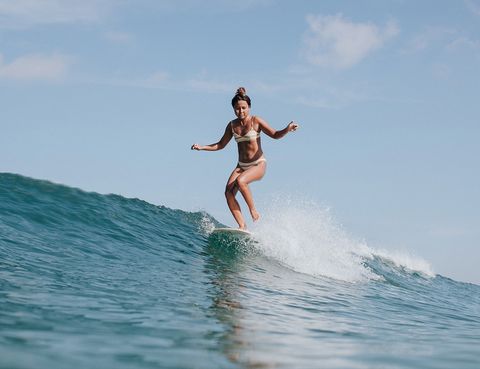
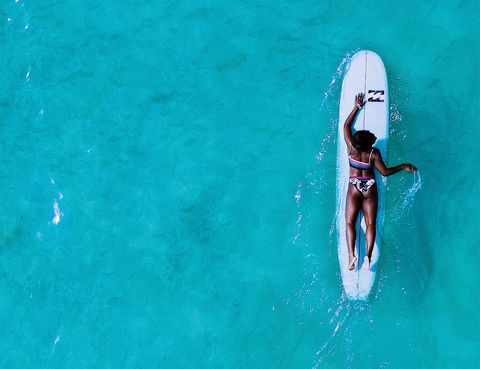
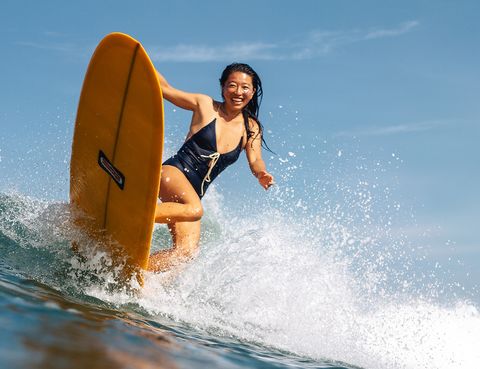
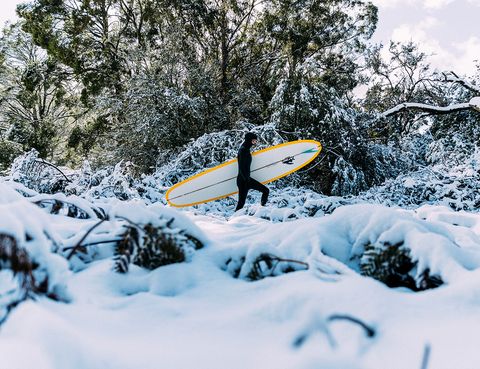
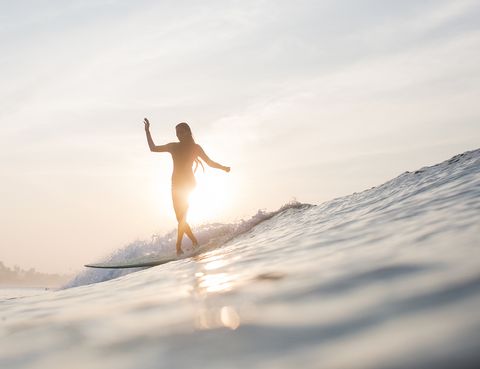
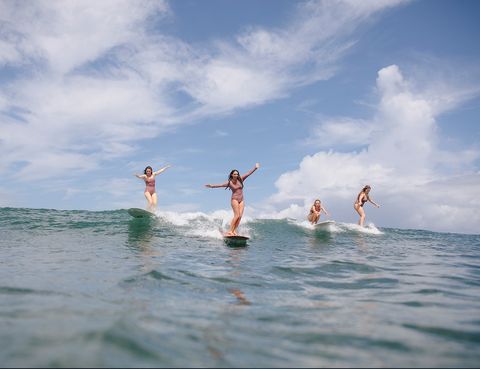
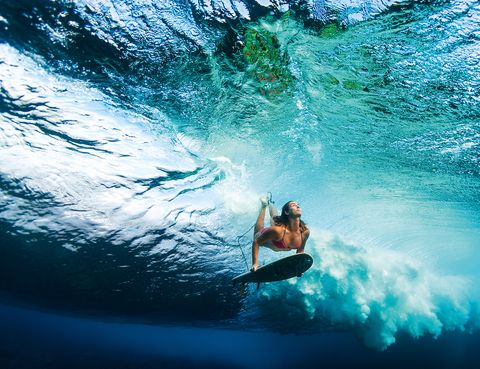
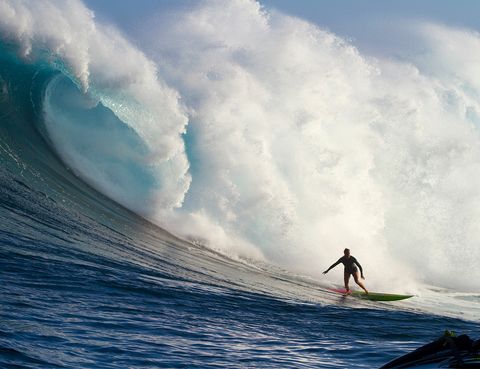
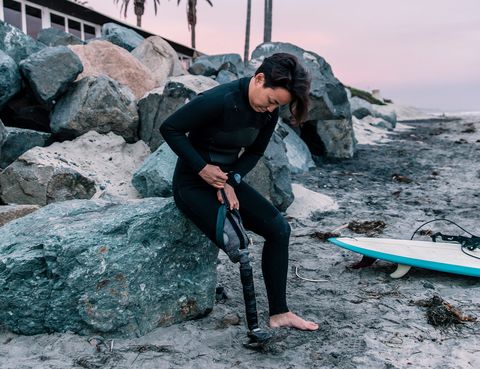




Recent Comments